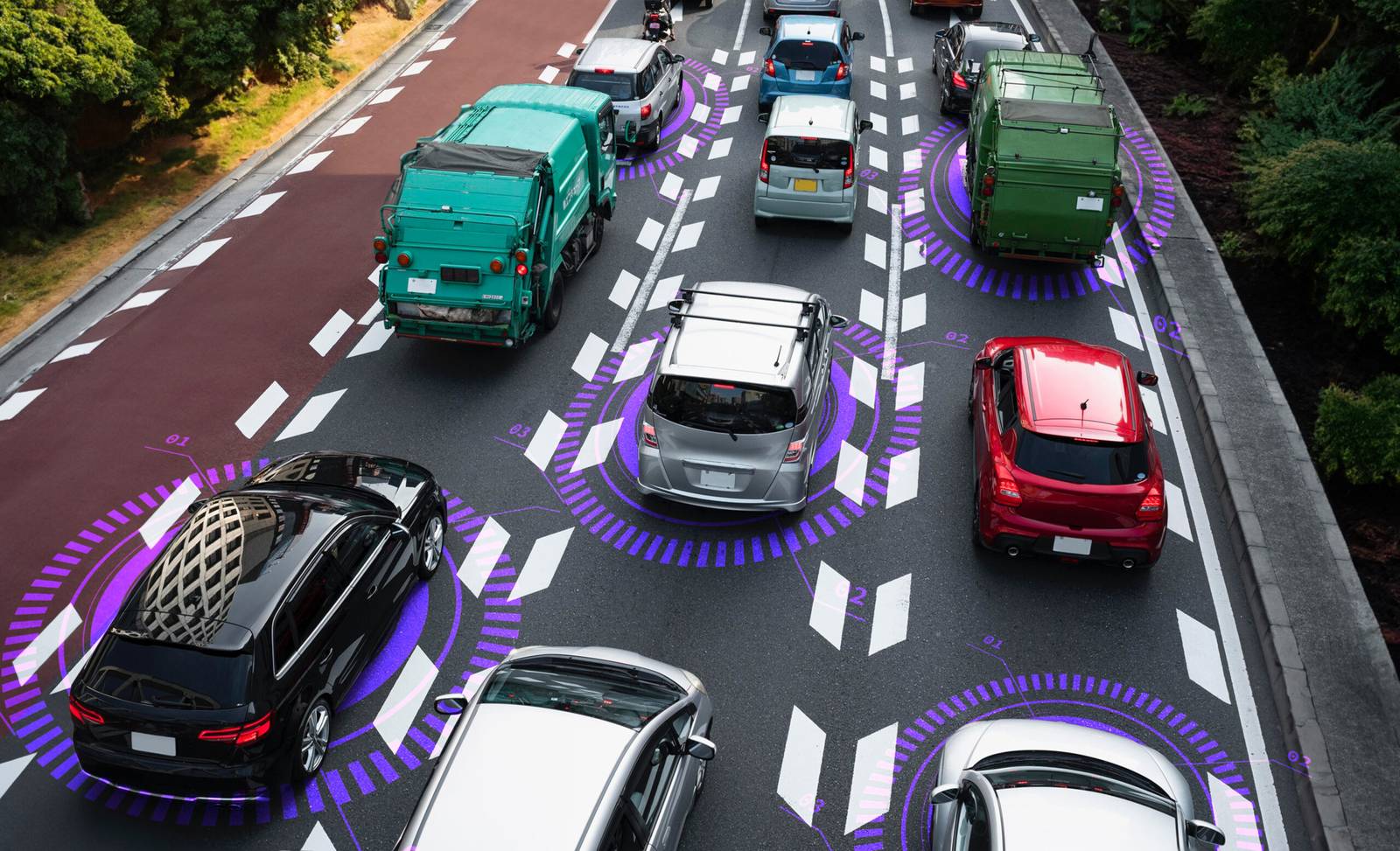Future Transport: Autonomous Vehicles & Mobility

by Web Digital
The landscape of transportation is on the brink of a revolutionary transformation, driven by the rapid advancements in autonomous vehicles and mobility innovations. As the world embraces the potential of self-driving cars, along with various other technological breakthroughs, the future of transportation is poised to be safer, more efficient, and profoundly different from what we know today.
Autonomous Vehicles: Redefining Travel
Autonomous vehicles, often referred to as self-driving cars, represent a pinnacle achievement of modern technology. These vehicles have the potential to redefine the way we travel, offering benefits such as enhanced safety, reduced traffic congestion, and increased accessibility for individuals with mobility challenges. With the integration of cutting-edge sensors, cameras, radar systems, and artificial intelligence, these vehicles are designed to navigate roads, interact with pedestrians, and make real-time decisions without human intervention.
One of the most significant advantages of autonomous vehicles is their potential to significantly reduce traffic accidents. The majority of accidents today are caused by human error, such as distracted driving and impaired judgment. With self-driving cars, these risks could be greatly diminished, potentially saving countless lives and reducing the burden on emergency services.
Mobility Innovations: Beyond Self-Driving Cars
While autonomous vehicles garner much of the attention, mobility innovations extend far beyond self-driving cars. Various technologies and concepts are shaping the future of transportation in comprehensive ways:
1. Electric Vehicles (EVs):
The shift towards electric vehicles is gaining momentum as the world seeks to reduce greenhouse gas emissions and dependence on fossil fuels. The integration of autonomous capabilities with EVs could create an even more sustainable and eco-friendly transportation ecosystem.
2. Mobility as a Service (MaaS):
MaaS is a paradigm where transportation is viewed as a service rather than an ownership model. Integrated platforms would provide users with options ranging from self-driving cars to public transit, ride-sharing, and more, all seamlessly coordinated through a single app. This approach could significantly reduce the number of privately-owned vehicles and alleviate urban congestion.
3. Hyperloop and Maglev Trains:
High-speed transportation systems like the Hyperloop and magnetic levitation (maglev) trains are being developed to revolutionize long-distance travel. These technologies promise to drastically reduce travel times between major cities, making high-speed commuting a reality.
4. Urban Air Mobility (UAM):
The concept of flying taxis and electric vertical takeoff and landing (eVTOL) vehicles is becoming more plausible. These aerial mobility solutions could address urban congestion by taking transportation to the skies, though regulatory and infrastructure challenges remain.
5. Smart Infrastructure:
The future of transportation relies heavily on smart infrastructure. Roads embedded with sensors, traffic lights that communicate with vehicles, and data-driven traffic management systems will be critical in supporting the safe and efficient operation of autonomous and connected vehicles.
Challenges and Considerations
As with any disruptive technological shift, the future of transportation is not without its challenges:
1. Regulation and Legislation: Establishing a legal framework for autonomous vehicles and new mobility solutions is complex. Governments must navigate issues related to liability, safety standards, and data privacy.
2. Technical Hurdles:
Achieving full autonomy in diverse real-world conditions remains a technical challenge. Adverse weather, complex urban environments, and unexpected scenarios pose difficulties for self-driving cars.
3. Workforce Impact:
The widespread adoption of autonomous vehicles could disrupt industries like trucking and ride-hailing, potentially leading to job displacement.
4. Infrastructure Upgrades:
The integration of new transportation technologies requires significant infrastructure upgrades. Electric charging networks, smart roads, and UAM infrastructure demand substantial investments.
5. Cultural Shift:
Convincing individuals to trust autonomous vehicles and embrace new mobility paradigms requires a cultural shift. Overcoming skepticism and fear will be crucial.
The Road Ahead
The future of transportation is undeniably exciting, driven by the fusion of autonomous vehicles and mobility innovations. While challenges persist, the potential benefits are monumental. Safer roads, reduced congestion, lower emissions, and increased accessibility have the power to reshape societies and economies.
As industries, governments, and researchers collaborate to address the challenges and refine the technologies, one thing is clear: the way we move is on the cusp of a transformation that will shape the world for generations to come. The future is not just about getting from point A to point B; it’s about reimagining transportation as we know it.
Recommended Posts

Exploring Innovative Technologies in Ajax Digital Marketing
November 23, 2024


